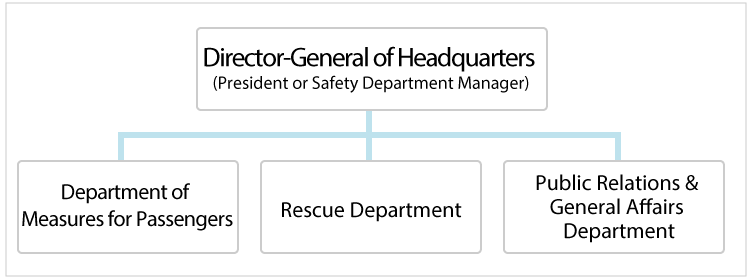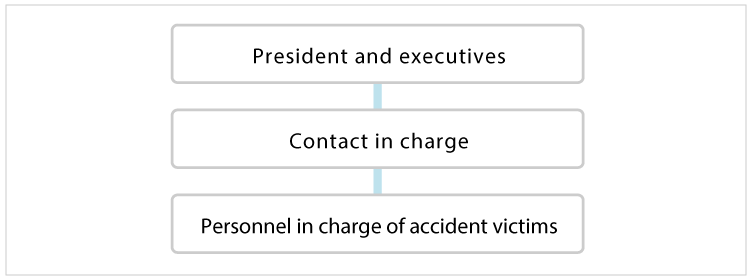1.Introduction
This program is developed based on the Guidelines for public transportation companies’ development of programs for supporting accident victims, etc. (issued by the Ministry of Land, Infrastructure, Transport, and Tourism [hereinafter, “MLIT”] on March 29, 2013), to define the measures we will implement if an accident or disaster occurs causing death or injury to passengers, including rescue, information sharing and assistance, until the victims become able to live without worry again.



